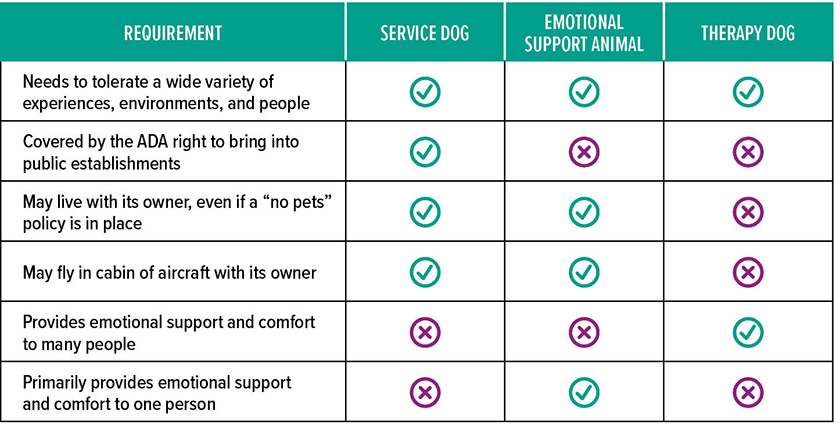
Who Let the Dogs Out?!

Okay, so—it’s the dog days of summer. I always envision a tongue-lolling lab at poolside. Then I remember the dog days have nothing to do with our fur friends, and everything to do with the celestial calendar.
Despite that inconvenient truth about the derivation of the name, we still can use the dog days as a great excuse to talk about our dogs. After all, nothing could be better than fur friends, right? There’s even been research done to examine how beneficial pets can be.
Those benefits range from obvious ones like an increased likelihood we’ll be outside getting some exercise—e.g., as we walk the dog—and have more opportunities for socializing as we do that. Exchanging a few words each day on the trail or at the dog park can offer a bit of easy companionship that otherwise may be lacking in our lives.
And those walks—or other activities, such as petting a cat or engaging with a pet Guinea pig, or a bird—can help reduce stress and anxiety, and can lower blood pressure, cholesterol, and triglyceride levels. Our fur (or finned or feathered) family members can also simply offer a willing, uncritical ear, helping us feel less alone.
Just the routines of pet ownership—daily care and feeding—provide opportunities to interact with and enjoy your pet. And even activities that may be stressful for them—e.g., a vet visit—give us a chance to strengthen our connection as we take our turn at calming anxieties and helping our pets through the experience.
Pets can have downsides, of course. Animals may carry diseases that are transmissible to humans.
Older adults, or people who are immuno-suppressed (by illness or treatment, e.g., chemotherapy) are at increased risk of contracting a disease from an animal. If you fall into those categories, check with a doctor before acquiring a new pet. And be extra-diligent in practicing good hygiene—e.g., thorough hand-washing—as you care for your animals, new or old.
Taking good care of our pets helps both them and us avoid illnesses caused by common parasites our pets may carry—e.g., worms, ticks, and fleas. It’s a real win:win: we’re keeping them comfortable and healthy, and also taking protective measures for our own health.
Of course, not all the animals living among us are pets. Some are working animals that are key to their owners’ welfare. One of the most familiar of those is a guide dog that assists someone who is blind. These dogs are allowed into apartments, stores, restaurants, airplanes—in fact, pretty much everywhere.
But hey—your upstairs neighbor is not blind. And that’s no German shepherd she’s got in her apartment. Can it possibly be true that her dog, “Blossom,”—which you’re pretty sure is a Shih-Tzu—is a service dog, as your neighbor claims? Or is your neighbor just trying to circumvent the building’s “no pets” policy?
To take the easy part of the question first—sure! Blossom could easily be a service dog: there are no breed or size requirements.
What is required? First off, your neighbor has to have a disability which qualifies her to have a service dog. And then, the dog she has must have been trained to help her—specifically—with the tasks she needs help with.
By the way—in specific situations, a miniature horse can be an ADA-compliant service animal. So maybe you should be grateful Blossom’s a Shih-Tzu.
Another possibility: Blossom might be an emotional support animal (ESA). How is that different from a service dog? For one, it’s a far less demanding job: Blossom needs to provide comfort to your neighbor, but not much else. She doesn’t have to be trained to assist your neighbor—and only your neighbor—with specific tasks.
Your neighbor does have to have been prescribed an ESA by a licensed mental health professional, and she has to have been diagnosed with a disabling mental illness that can be helped by an ESA. For example, Blossom might help your neighbor better manage her anxiety or depression.
If she’s an ESA, Blossom has a few of the privileges that accrue to service dogs: she can live in otherwise pet-prohibited housing, and she can fly with your neighbor. She does not have the access a service dog has to stores, or restaurants, or workplaces. The building management and airlines can also require paperwork proving your neighbor’s need for her ESA—something it cannot require of a service dog’s owner (or of the dog).
Blossom also—by the way—doesn’t have to be a dog: ESAs come in many forms.
Maybe Blossom is a therapy dog? If so, she shouldn’t be living in a no-pets building: therapy dogs don’t fall under any of the federal laws which provide special rights to service dogs and ESAs.
Which isn’t to say that therapy dogs—and their owners—don’t perform a great service. These are the dogs (and people) who volunteer at libraries, schools, hospitals, nursing facilities, shelters, hospices, funeral homes—you name it! They provide comfort and pleasure to a person or group of people, often in distressing situations.
Service dogs, ESAs, therapy dogs—lots of different dogs (or other animals), with very different laws impacting where they can—and cannot—be. The chart on the left helps keep those straight! ▼
Types of service dog include:
→ Guide dogs, which help people who are blind to navigate streets and use public transportation.
→ Hearing dogs, which help people who are deaf, alerting them to sounds like a doorbell or telephone.
→ Mobility dogs, which can open doors, retrieve items, or push buttons for someone. They may also help steady someone whose balance is poor, or help with transfers, e.g., from a bed to a chair.
→ Medical alert dogs, which let someone know of an impending medical issue, such as an oncoming seizure or plummeting blood sugar.
→ Autism service dogs, which help a person control negative behaviors.
→ Psychiatric service dogs, which help people who suffer from a variety of disorders, including PTSD. These dogs enable people to more comfortably go about daily activities.
Want more info?
- cdc.gov/healthypets/health-benefits or go to: vet.osu.edu
- ada.gov and search for “service animal”
Marj is an epidemiologist and wordsmith who has devoted her life to minutiae. She reports that yes, the devils are in the details. Aren’t they always?
